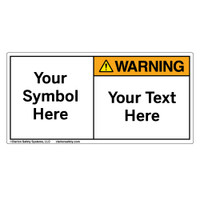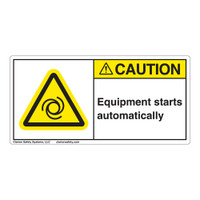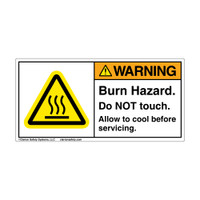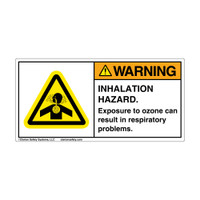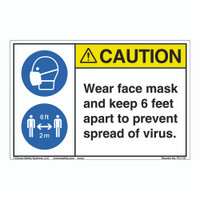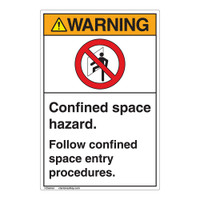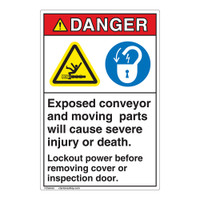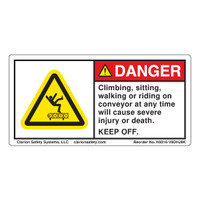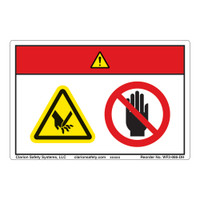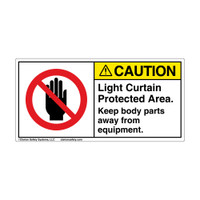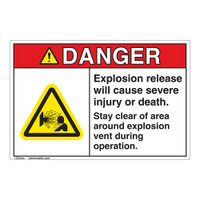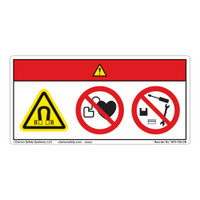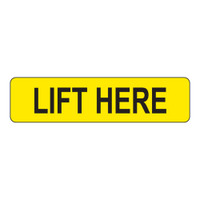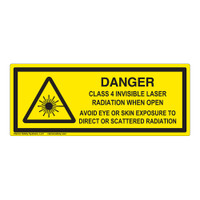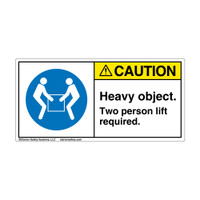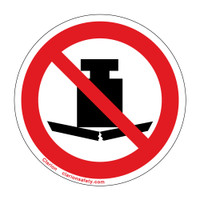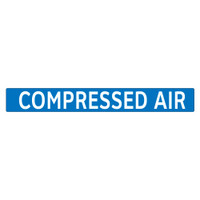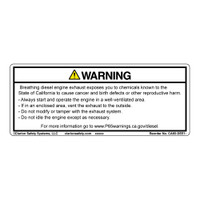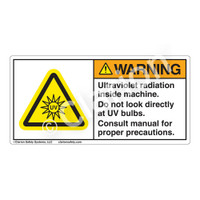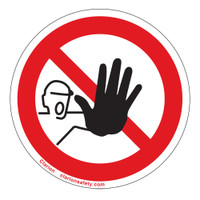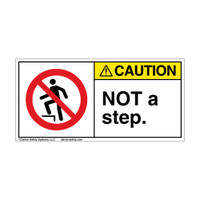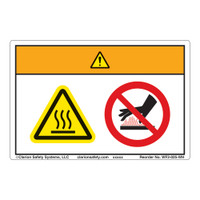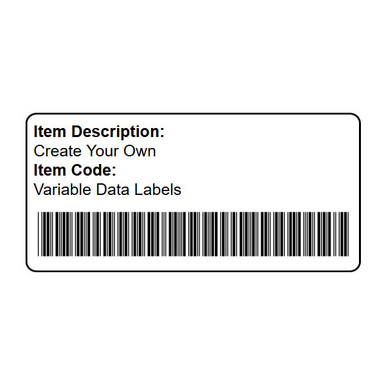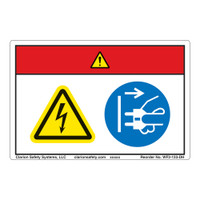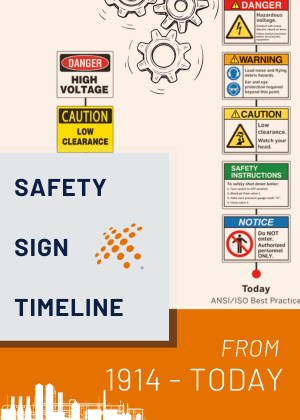-

Danger Do Not Enter Label (H6062-P7DH)
Starting at $0.86 / each -

Warning Confined Space Hazard Label (EMC 32)
Starting at $2.95 / each -

Do Not Enter Confined Space Label (IS6111-)
Starting at $0.41 / each -

No Access For Unauthorized Persons Label (IS6062-)
Starting at $0.41 / each -

Danger Do Not Enter Label (H6051-KHDH)
Starting at $0.86 / each -

Danger Permit Required Label (H6111-U1DH)
Starting at $0.86 / each -

Do Not Enter Label (IS6051-)
Starting at $0.41 / each
Prevent Entrapment and Hazards with Proper Confined Space Warnings
Clarion Safety's confined space labels use the latest best practice ANSI and ISO designs to create safety systems for confined space accident prevention, addressing risks like entrapment, engulfment, or hazardous atmospheric conditions. Confined spaces can also cause asphyxiation due to inwardly converging walls or sloped floors that taper into smaller areas. Confinement increases hazards, especially when machinery forces proximity to moving components.
What Qualifies as a Confined Space?
These labels are designed to prevent unauthorized entry into confined areas such as silos, tunnels, manholes, sewers, tanks, and access shafts. OSHA defines a confined space as large enough for entry, with limited access and not meant for continuous occupancy. Permit-required confined spaces include those that may contain hazardous atmospheres, pose engulfment risks, or create entrapment potential due to internal configuration, or present other serious hazards.
Customizable Labels for Indoor and Outdoor Use
Appropriate labels, signs, and barricades should always be used to inform employees and users of confined space risks. Clarion Safety’s confined space labels are available in a variety of indoor and outdoor materials and can be customized with our online “Design Your Own” tool to meet your specific safety requirements.
